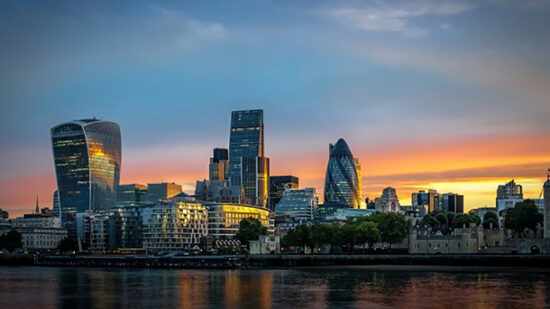To do so, I have expanded the time horizon backwards from 1945 to 1900. The longer time-scale serves to reduce the likelihood that apparent similarities are flukes. However, it also widens the range of economic conditions, so decreasing the chances of identifying a useful cycle. Essentially this increases the analysis from two to three cycles.
The key economic change is that governments now have both the ability and responsibility for managing the economy. Before the Depression, it was not thought that they should and before Keynes it was not thought that they could.
Nevertheless it does seem that a useful pattern can be identified.
Only for the US is the necessary data available, so it may be the case that this only applies there, but it is the world’s largest market, the best researched and the least affected by the World Wars, so the chances are good that the cycle has global relevance.
Investment cycles
Cycles may differ but there are certain rhythms to human activity of which the most basic is seasonal. As users of the Seasonal Trading strategy will know, this can have powerful predictive value for financial markets. Another effective tool is the 12-month time-weighted moving average, which is also an effective part of the Chart Technical strategy.
Then there is the generational cycle. It is based on the premise that the more recent an experience, the greater the significance investors attach to it and conversely, the longer ago something happened, the more the lessons of history will be forgotten.
Children learn not to make the mistakes of their parents, so often end up acting like their grand-parents, who they hardly know. Classic examples include German transformation from hyper-transformation from victims to victors and East European transformation from communists to capitalists.
The current cycle can best be compared schematically with its three predecessors.
Burst bubbles
That Millennium bubble burst in 1902 amid euphoria that the current favourites can grow ad infinitum at a time of extreme over-valuation. Railroads were the hottest new technology. This is often a period of intense take-over activity financed with over-valued paper, rather than cash. In 1902 Life magazine published a famous cartoon. Q: Who made the world, Charles? A: God made the world in 4004 BC, but it was reorganised in 1901 by James J. Hill, J. Pierpoint Morgan, and John D. Rockefeller.
1929 has become part of the folk memory, so needs little comment here beyond mentioning that the hot technologies were autos, radio and electricity and the favourite form of financial engineering was the pyramid investment company.
The Go-Go Years which peaked in 1968 were led by conglomerates such as International Telephone & Telegraph, Ling-Tempco-Vought, Litton Industries and Reliance Group. Computer hardware was then the hot technology.
This Millennium Bubble similarly combined the hot technology of internet with a take-over boom of which the $180Bn. merger between AOL and Time-Warner was the record. The bubble burst for the majority of companies as represented by the Value Line index, which halved. On average in the three previous cycles this stage caused a decline of -42% over 1.7 years, which is similar to the -47% fall over 2.5 years this time. However the average was exceptionally depressed because the second cycle combined both bursting bubbles, typical of phase 1 and financial accidents, otherwise in phase 3.
Secondary peaks
After a mild slowdown in the first cycle, accelerating economic recovery drove a new bull market, but this lacked the euphoria of its predecessor and had difficulty exceeding previous peaks because investors were beginning to become more cautious and therefore unwilling to justify extreme over-valuation. This bull market was overshadowed by a real estate boom, boosted by reconstruction after the San Francisco earthquake in 1906.
The second cycle differs from the standard pattern because the two down-legs of the bear phase were combined in one Great Crash and Depression. Nevertheless the 1932-1937 bull market has similar characteristics to a secondary peak. Economic activity recovered to its 1929 peak, but the stock market did not. Now conservatively stated, company profits fell -20% short. Now on lower valuations, share prices fell -45% short.
In the third cycle, there was a mild recession before shares rose to their secondary peak at the beginning of 1973. While this was +13% higher in nominal terms, inflation was accelerating, so in real terms it was -8% lower. Market breadth was poor as performance was concentrated in a narrow group of Nifty Fifty growth stocks, while the Value Line index only recovered to two thirds of its initial peak. Once again there was a residential real estate boom.
Similarly in the current cycle, there was a mild recession before shares rose to their secondary peak in 2007 which equalled the first peak. While profits soared +60% higher than the previous peak, share prices only equalled that peak as last time round. Instead investment fashions turned to bonds and real estate, in which a bubble developed. Again there was a real estate boom.
While the latest +82% rise falls substantially short of the +126% rise on average in the previous three cycles, that average is inflated by the near tripling of shares after the Depression. On average these up-legs lasted 3.7 years, so the 4.6 years of the latest phase is modestly longer than average.








